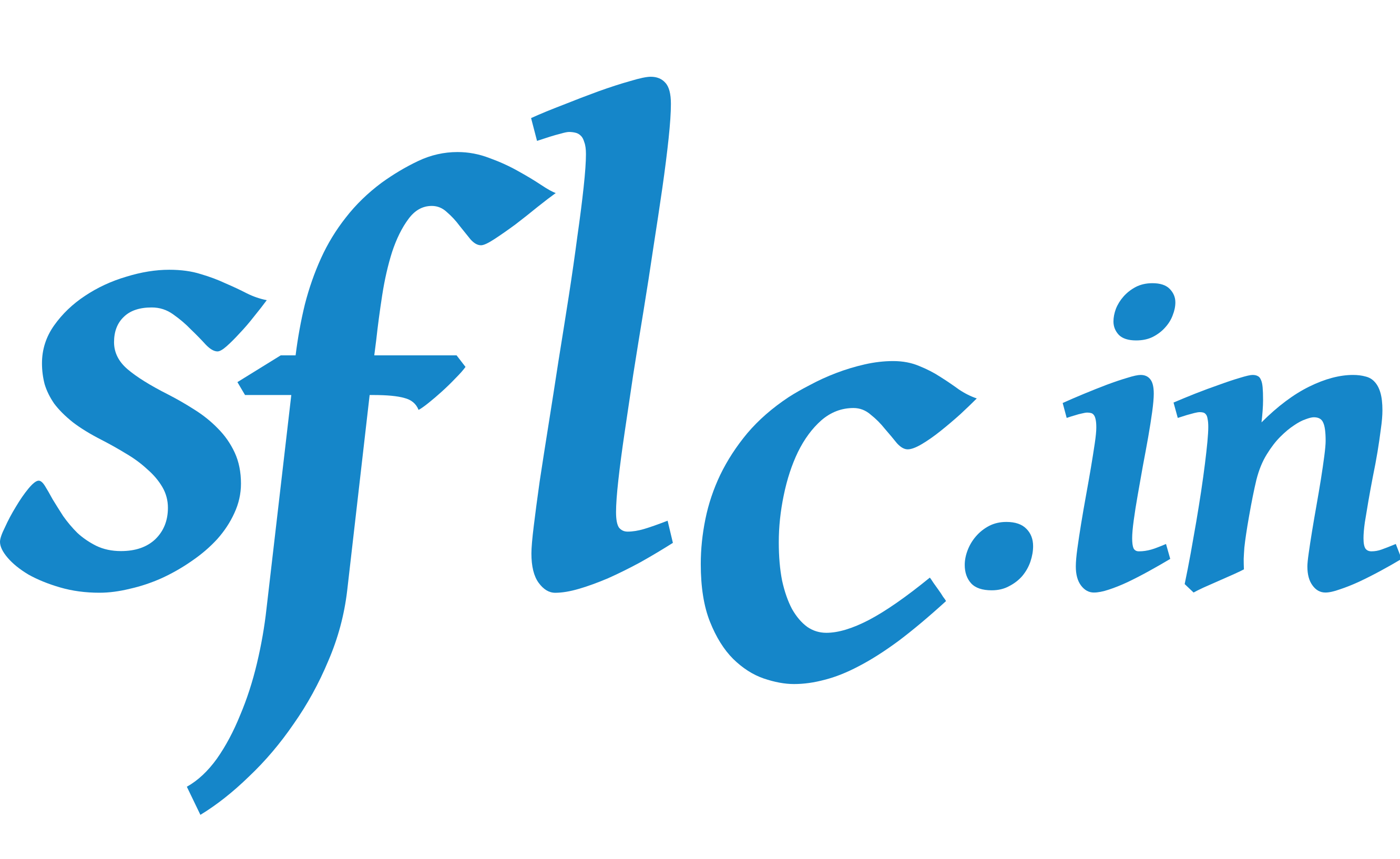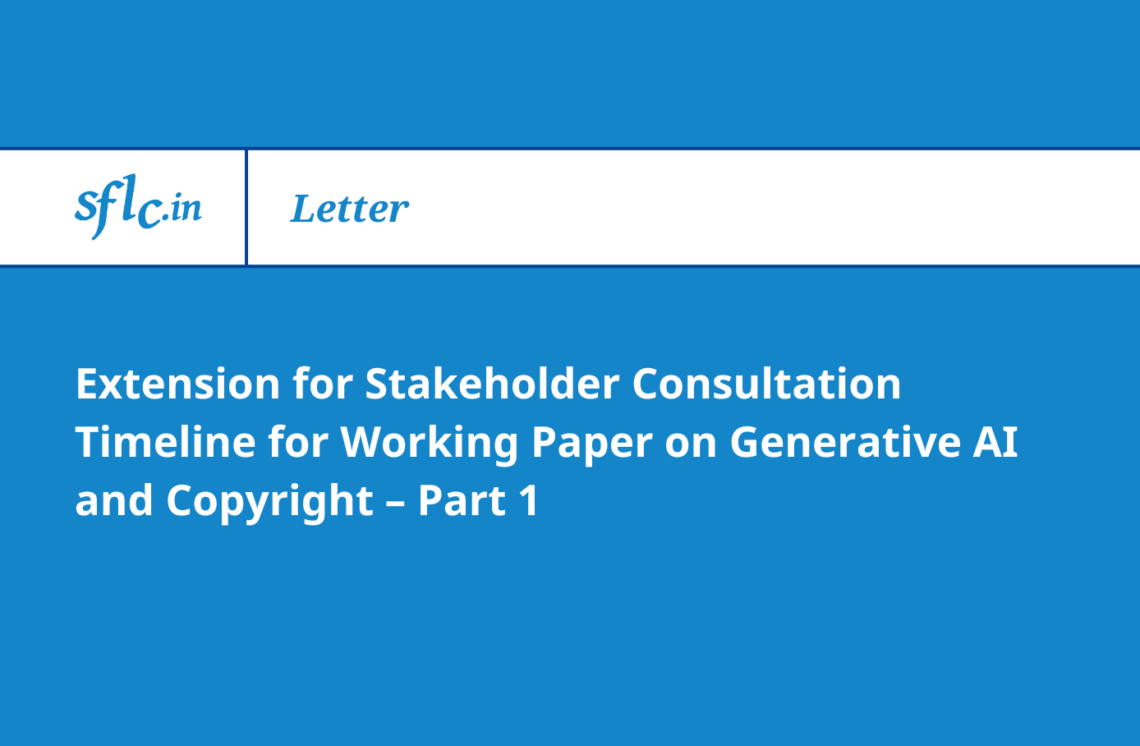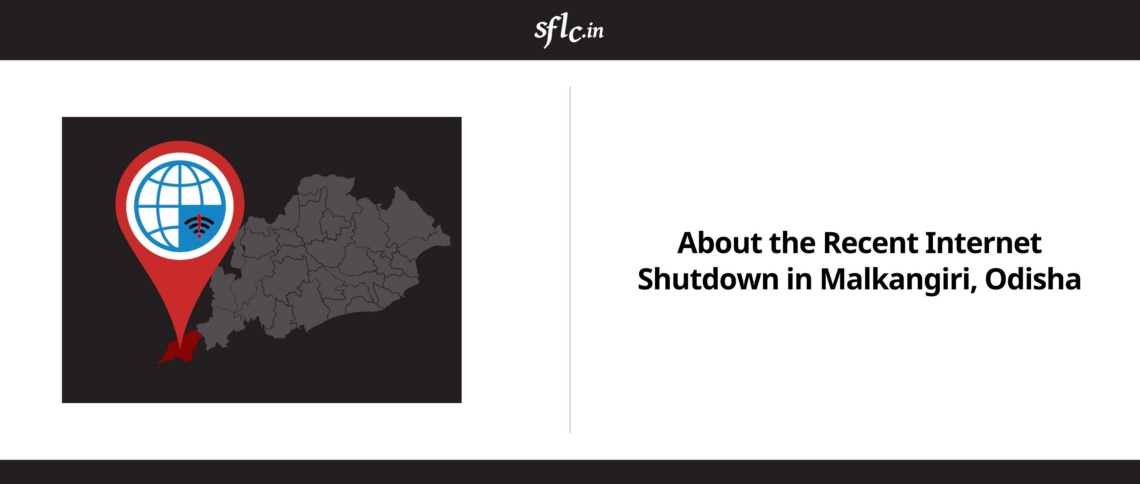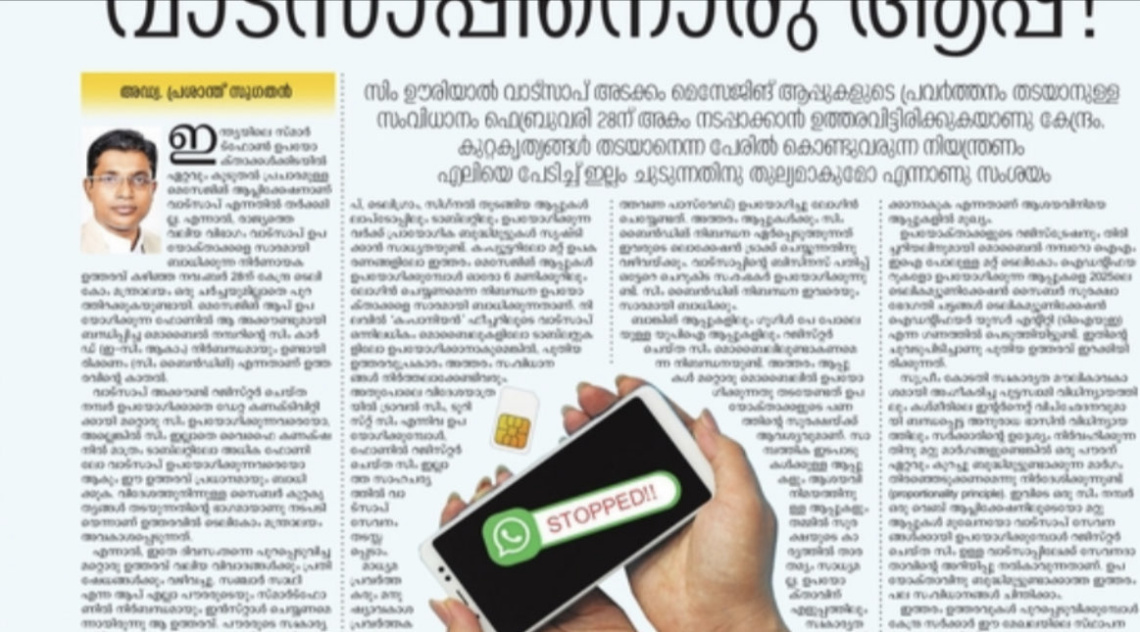The Controller General of Patents, Designs and Trademarks releaseddraft Guidelines for Computer Related Inventions, on June 28, 2013 and invited public comments on them. SFLC.in submitteddetailed comments on the guidelineshighlighting the following issues:
-
The guidelines have clarified that business methods, mathematical methods as well as algorithms cannot be patented, irrespective of the language used in the claims. This reinforces the guidelines in the Manual of Patent Office Practice and Procedure and is a welcome step that will ensure that frivolous patent applications are rejected.
-
The term technical effect as introduced in clause 3.15 of the guidelines for the purpose of explaining technical advancement amounts to introducing a term of art, often used in other patent systems. Introduction of such a term is unnecessary and leads to confusion in reaching a definite result.
-
The definition clause 3.14 distinguishes the embedded system from a general purpose computer based on certain specific requirements. Such requirements have not been defined or illustrated. It needs to be clearly stated that “even in case of embedded systems, when the contribution is only on computer programme and not on the hardware, the invention is unpatentable”.
-
The guidelines provide numerous examples and illustrations that are either confusing, obscure, weak, or incorrect, making it difficult to ascertain what is patentable and what is excluded. These should be corrected and replaced by new illustrations or examples that remove ambiguities.
-
A crucial statement made in clause 5.4.5, owing to its passive voice does not convey the intended result. A re-phrasing would help determine the excluded subject matter related to CRIs. It should clearly state that ” A computer programme running on a general purpose computer is unpatentable”.
-
As the guidelines analyze CRIs based on claim types, an examiner should strive to find the actual contribution of a claim and check if such contribution is solely within a computer program while analyzing the patentability of the subject matter. Such a requirement should be mandated in the guidelines.
-
The patentable subject matter analysis of an invention must be the first step in the examination of any application and not the sixth step as suggested by the procedure flowchart. The process should be amended to align it with globally accepted practices, in favour of efficiency.



